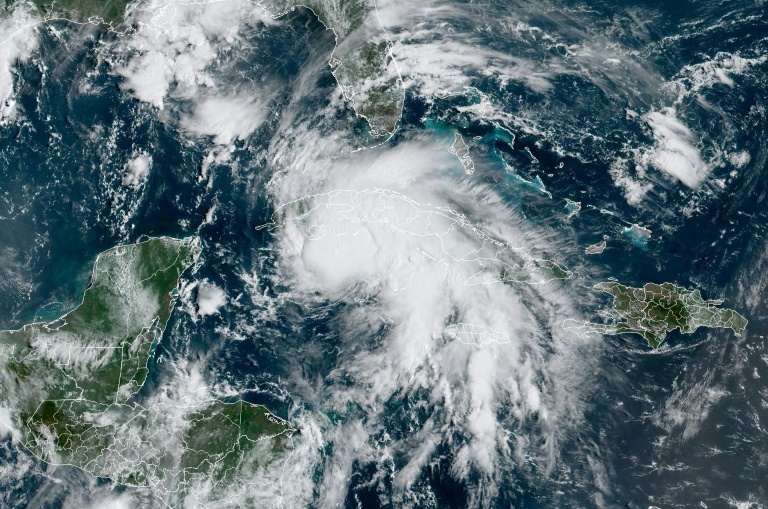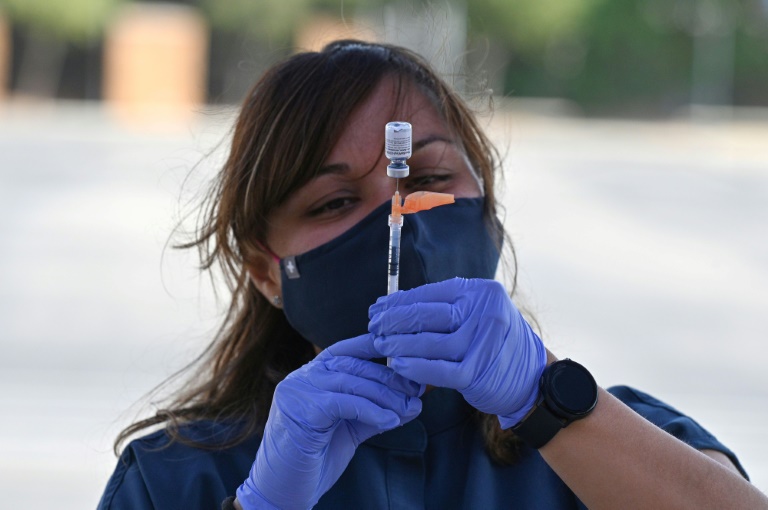Unvaccinated US school teacher spread Covid to 26 people
An unvaccinated teacher at an elementary school in California spread the coronavirus to at least 26 other people, including 12 students in their classroom, a new study by the Centers for Disease Control and Prevention (CDC) said Friday.
The health agency said the case highlights the importance of vaccinating school staff in order to protect young children who are not yet eligible for vaccines, as schools reopen amid a new nationwide surge driven by the ultra-contagious Delta variant.
The CDC said the incident took place in Marin County, a suburb of San Francisco.
The teacher, who reported attending social functions from May 13-16, became symptomatic on May 19 but did not take a Covid test until May 21, initially believing the symptoms were due to allergies.
“On occasion during this time, the teacher read aloud unmasked to the class despite school requirements to mask while indoors,” the study said.
In the days that followed, among the teacher’s 24 students, all ineligible for vaccination because they are under 12, 22 received tests and 12 were found to be positive.
Eight out of 10 students in the front two rows tested positive — an attack rate of 80 percent — as well as three out of 14 in the three back rows.
The school required students to mask, each student’s desk was set six feet apart from the next, windows were open on both sides of the classroom, and a high-efficiency particulate air (HEPA) filter was placed in front of the class white board.
Six students in a separate grade also tested positive.
It wasn’t clear how the virus spread between the two classes, with researchers presuming an interaction occurred at school.
However, genetic sequencing of available samples confirmed they were all part of the same outbreak, and identified the Delta variant as responsible.
Eight additional cases were identified among parents and siblings of children in the two grades. Among four parents infected, three were fully vaccinated.
Twenty-two of the 27 total infected people (81 percent) reported symptoms, the most frequently reported were fever, followed by cough, headache and sore throat.
No one involved in the outbreak was hospitalized.
The CDC said the outbreak was likely underestimated because all testing was voluntary.
“The outbreak’s attack rate highlights the Delta variant’s increased transmissibility and potential for rapid spread, especially in unvaccinated populations such as schoolchildren too young for vaccination,” said the report’s authors.
– What works –
In addition to vaccinating school staff, they stressed the need for multi-pronged mitigation strategies, including using masks, distancing and ventilation, and staying home when sick.
A second CDC study also released Friday was held up by the agency’s director Rochelle Walensky as an example of what happens when best practices are followed.
It showed that during the winter pandemic peak, case rates among children and adolescents in Los Angeles County schools were nearly 3.5 times lower than rates in the surrounding community.
“We know what works. Now let us unify together to follow these steps to ensure fundamentally that our children and our future are safe,” said Walensky at a press briefing.











